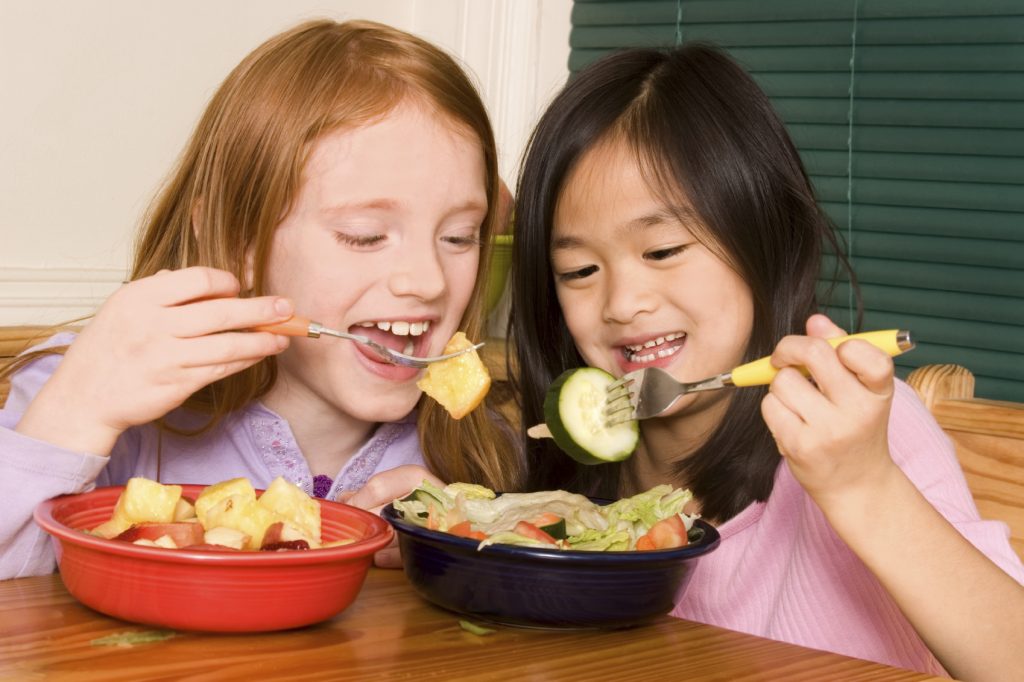Introduction: Why the Australian Guide to Healthy Eating for Kids is Essential
Establishing healthy eating habits in children is vital for their long-term health. The Australian Guide to Healthy Eating for Kids serves as a helpful framework for parents to ensure their children are getting balanced nutrition. The guide provides valuable information about the five food groups that children should include in their diet, which are crucial for their growth and overall health. This article will explore these five food groups in detail and offer practical tips for parents to incorporate them into their daily routines.
The Five Food Groups in the Australian Guide to Healthy Eating for Kids
The Australian Guide to Healthy Eating for Kids highlights five key food groups that should form the foundation of a child’s diet. These groups are essential for providing the nutrients and energy that children need for healthy development.
1. Vegetables and Legumes/Beans: A Vital Source of Nutrients
Vegetables and legumes are packed with essential vitamins, minerals, and fiber that support a child’s immune system, digestive health, and overall well-being. The Australian Guide recommends that children aged 4-8 years consume 4.5 servings daily, while those aged 9-11 years should aim for 5 servings.
Parents can make vegetables more appealing by serving them in creative ways. Whether it’s adding them to stir-fries, soups, or even smoothies, the key is to introduce a variety of vegetables like leafy greens, carrots, and peas into their diet.
2. Fruits: A Source of Energy and Essential Nutrients
Fruits are an excellent source of vitamins, antioxidants, and dietary fiber, which help children maintain a strong immune system and healthy skin. The Australian Guide suggests that children aged 4-8 years consume 1.5 servings of fruit daily, while children aged 9-11 years should consume 2 servings.
To make fruit more exciting, parents can offer a range of colorful fruits such as apples, oranges, berries, and bananas. Dried fruits, frozen fruits, and fruit-based snacks like smoothies can also be great additions to their diet.
3. Grains: Providing Energy for Growing Kids
Grains are an important source of carbohydrates, which provide the energy children need for their daily activities. The Australian Guide recommends that children aged 4-8 years consume 4 servings of grain foods daily, while children aged 9-11 years should have 4-5 servings.
Whole grains such as brown rice, quinoa, and whole wheat pasta are ideal choices as they are rich in fiber and nutrients. Parents should aim to incorporate whole grains into meals, replacing refined grains with healthier options.
4. Lean Meats and Poultry, Fish, Eggs, Tofu, Nuts, Seeds, and Legumes: Protein-Rich Foods
Protein is essential for building and repairing tissues, supporting the immune system, and promoting healthy growth. According to the Australian Guide to Healthy Eating for Kids, children aged 4-8 years should consume 1.5 servings of protein-rich foods daily, while those aged 9-11 years should have 2.5 servings.
A variety of protein sources should be included in the diet, including lean meats, fish, eggs, tofu, legumes, and nuts. By offering different protein-rich foods, parents can ensure their children get the necessary nutrients for optimal growth.
5. Dairy Products and Alternatives: For Healthy Bones and Teeth
Dairy products, including milk, yogurt, and cheese, are essential for calcium, protein, and vitamin D, which are vital for the development of strong bones and teeth. The Australian Guide suggests that children aged 4-8 years should consume 1.5-2 servings of dairy products daily, while children aged 9-11 years should have 2.5-3 servings.
For children who do not consume dairy, plant-based milk (such as almond or soy milk) and dairy-free yogurts fortified with calcium are excellent alternatives.



Practical Tips for Parents to Promote Healthy Eating in Kids
Incorporating the Australian Guide to Healthy Eating for Kids into daily life is essential for supporting a child’s growth. Here are some practical tips for parents:
1. Plan Regular Meal and Snack Times
Establishing consistent meal and snack times helps children develop a healthy routine and reduces the likelihood of unhealthy eating habits. Regular meals help children understand when to expect food, which can support their overall appetite regulation.
2. Encourage Variety in the Diet
To ensure that children receive a balanced range of nutrients, parents should encourage variety in their meals. Offering a diverse range of foods from all five food groups can help reduce picky eating and ensure that children get all the vitamins and minerals they need.
3. Limit Discretionary Foods
Discretionary foods, such as sugary snacks, fried foods, and sugary drinks, should be limited as they can contribute to obesity and other health issues. Instead, encourage children to consume nutrient-dense foods that support their long-term health.
4. Hydrate with Water
Water is the best drink for children. Encourage kids to drink water throughout the day to stay hydrated and avoid sugary beverages. Water supports digestion and helps prevent dehydration, which is crucial for healthy bodily functions.
5. Involve Kids in Cooking and Food Choices
Children are more likely to eat healthy foods when they are involved in the meal preparation process. Let them help with simple tasks like washing vegetables, stirring ingredients, or setting the table. This involvement increases their interest in the food they eat and promotes healthy habits.
Conclusion
The Australian Guide to Healthy Eating for Kids provides a valuable framework for parents to ensure their children enjoy a balanced and nutritious diet. By following the guide’s recommendations and incorporating a variety of foods from the five food groups, parents can support their children’s growth, development, and long-term health. Healthy eating starts with small, consistent changes, and with the right knowledge, parents can guide their children to make healthier food choices every day.
Additional Resources
Healthy Meal Planshttps://www.fitpeak10.com/index.php/category/nutrition/meal-plans/
Harvard T.H. Chan School of Public Healthhttps://nutritionsource.hsph.harvard.edu/
Delicious and healthy recipeshttps://www.fitpeak10.com/index.php/category/nutrition/healthy-recipes/


